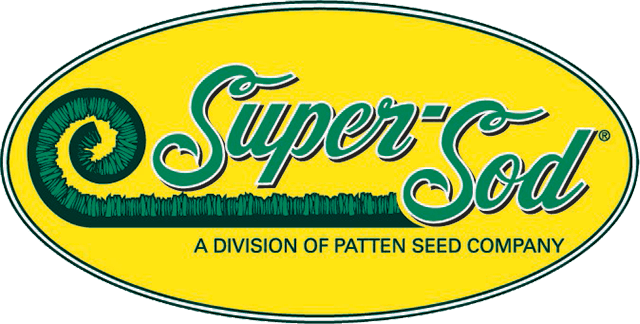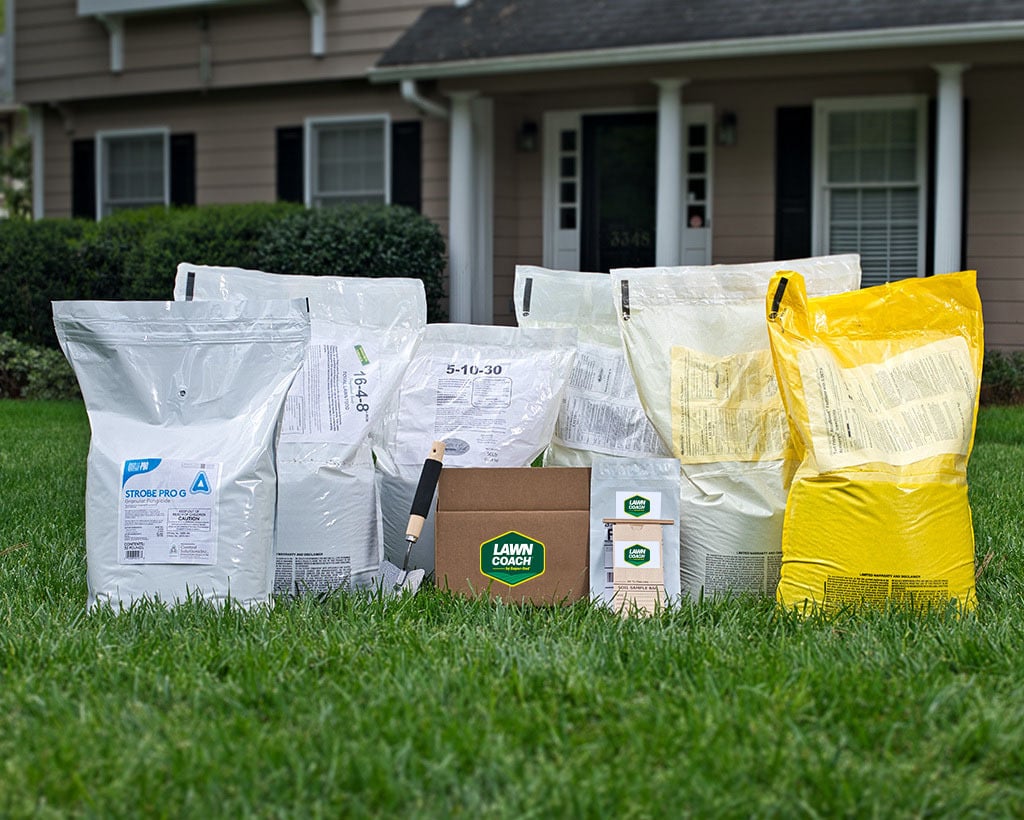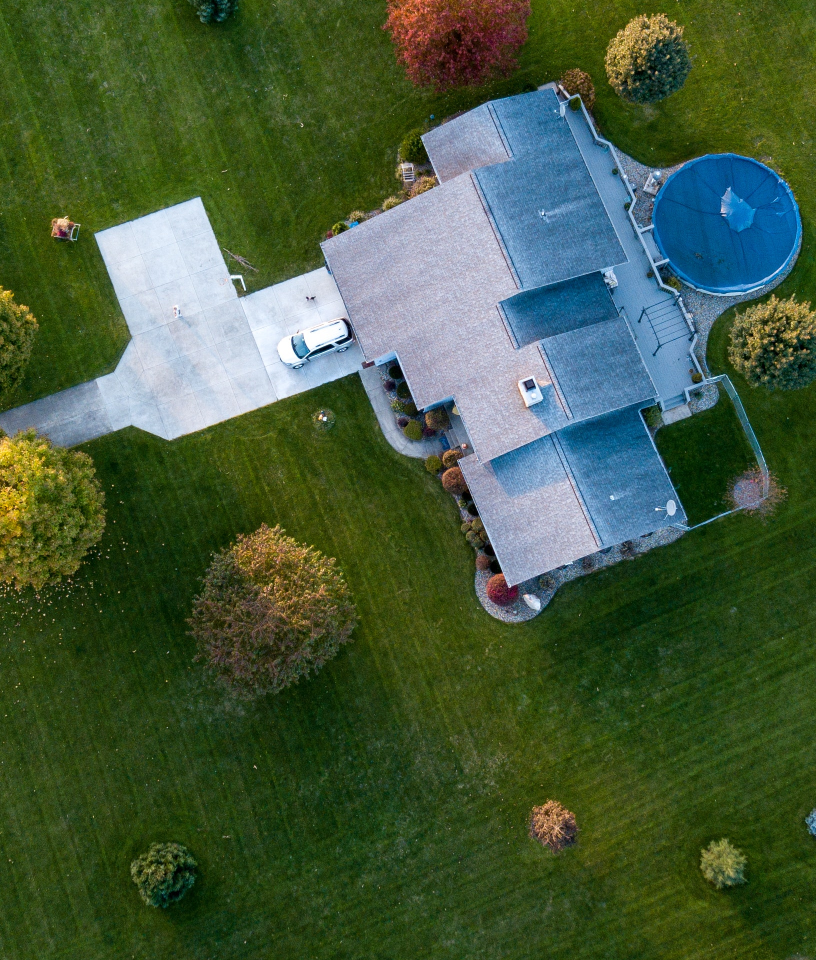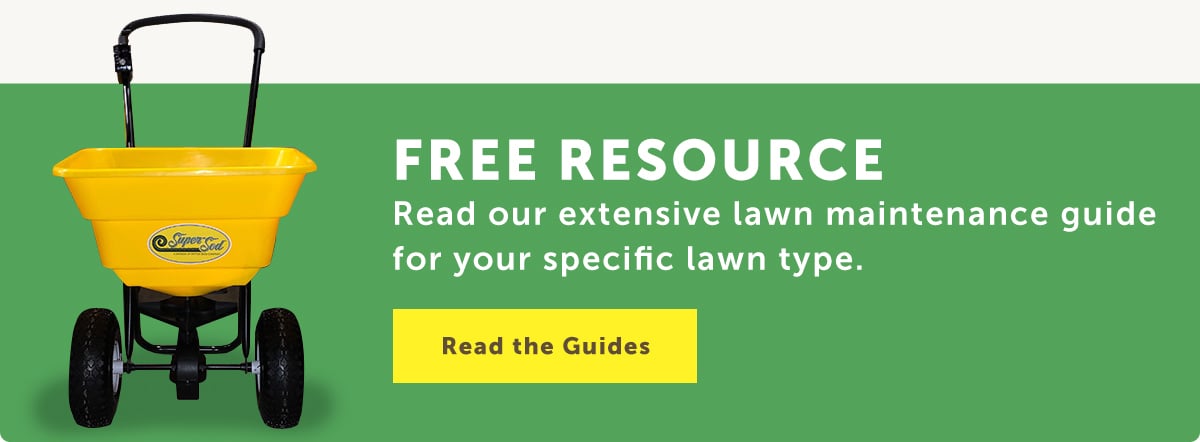
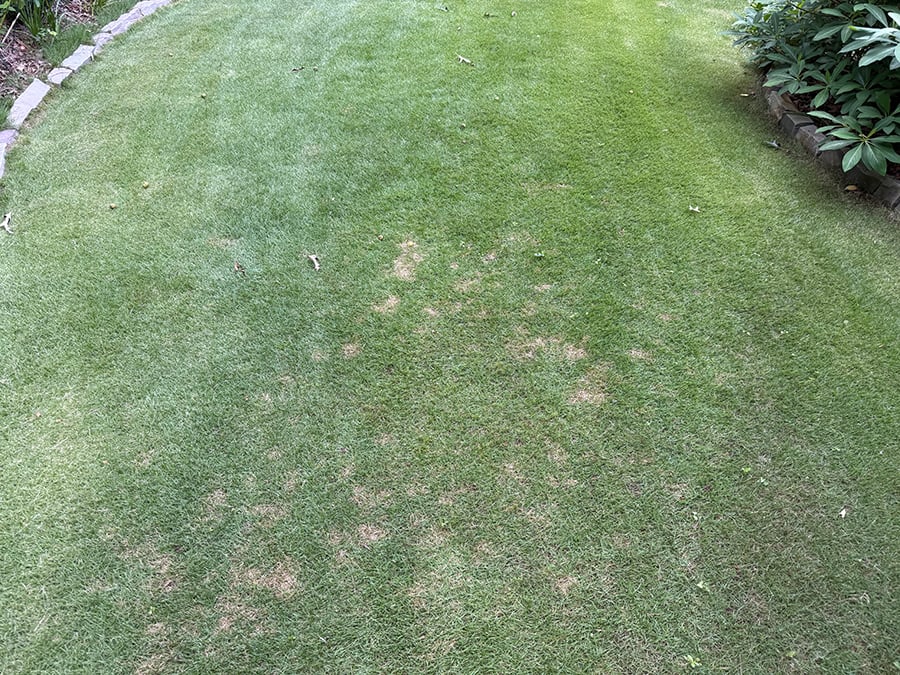
Fix Dollar Spot Disease with Two Simple Treatments
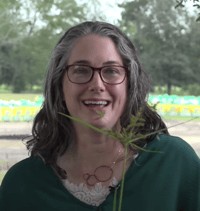

Here at Super-Sod, our monthly lawn care blogs and emails urge good cultural practices such as frequent mowing, morning irrigation, and timely fertilizing. Our coaching is not only to ensure you have the most beautiful lawn on the block; it’s to prevent problems from developing so your pride and joy doesn’t turn into the ugliest lawn on the block.
An example of a grass disease that develops when proper lawn care and maintenance are lacking is dollar spot fungus.
All lawns are susceptible to dollar spot disease, but for home lawns in Super-Sod's footprint, it's most common on Bermudagrass and Zoysiagrass. In this article, we address dollar spot identification and treatment in those two warm-season lawns in residential or commercial settings (as opposed to treatment for golf courses, since golf course standards are addressed on other websites).
What is Dollar Spot Disease in Lawns?
Dollar spot is a fungal disease that’s aggravated by overwatering, whether from irrigation or rainfall, and under-fertilizing, particularly under-fertility of nitrogen.
It usually develops in the warm months of spring and summer, especially when excessive water leaches nitrogen from the soil and when water or dew stays on lawns for extended periods. Be on the lookout for dollar spot fungus to grow when there are frequent evening showers, when evening irrigation is applied, or during warm, wet, overcast weeks.
To identify dollar spot, look for small, round dead spots, somewhat the size of silver dollar coins (1.5" diameter). That's why the disease is called “dollar spot." Never a standard coin, middle-aged people can at least stroll down memory lane to visualize a silver dollar; younger people will need to ask AI what in the world we're talking about.
There are usually many of these dollar spots that, together, form a splattered pattern, like a handful of tossed coins on a lawn. At first, the small spots don't overlap, but over time, they can grow in size and overlap. The picture above shows the splattered pattern of new-ish silver dollar spots.
If you see these splattered spots, stoop down to look closely at the leaves. On the green leaves, you'll see tan areas with a burgundy or brown-red border. Those areas are called "lesions," and that's the disease growing. Sometimes the lesions will have progressed to kill the leaf, and you'll find only plain old dead grass blades in the silver dollar-shaped dead areas of your lawn. The absence of lesions doesn't mean the disease is gone - you still need to treat your lawn. (More on treatment is to come.)
These are dollar spot lesions on Bermudagrass leaf blades. Note the tan centers with red-brown margins.
Look-Alike Diseases: Dollar spot is in contrast to large patch or brown patch, which appear as much larger (sometimes tremendous) spots in warm-season lawns. The timing is often different, too: the patch diseases usually manifest in the spring, as warm-season lawns are coming out of dormancy.
When several lawn diseases have the same symptoms (lesions on blades, dead spots in the lawn), how do you know for sure it's dollar spot in your lawn and not some other fungus?
Often, your local county Cooperative Extension office can send a grass sample to the state university plant pathology labs (UGA, Clemson, NCSU, Auburn, and UT) that can give you a positive diagnosis. Contact your Extension office if you want a lab diagnosis.
However, if you have the small coin-like spots with leaf lesions and you do the 2-step treatment, with the small spots fading away in 1-2 months . . . you can assume it was dollar spot.
Two Treatments to Fix Dollar Spot Disease in Lawns
Good news: treating and curing dollar spot disease in lawns is simple!
Dollar spot fungus attacks the leaves, but not the roots, rhizomes, or stolons. That means you can foster regrowth and repair in warm-season lawns such as Bermuda grass and Zoysia grass. Once the lawn is treated, repair can be satisfyingly quick (depending on the severity of the case).
Since you cannot control the weather by clearing overcast skies and postponing evening showers until the morning (if you can, please get in touch with me), you'll have to rely on horticultural methods.
These products can be applied on the same day; just remember to water your lawn to activate the granular fungicide and fertilizer.
- Curative Treatment: Spread Strobe-G fungicide to kill the current outbreak and prevent further infection
- Curative Treatment: Spread high nitrogen fertilizer like 16-4-8 fertilizer to stimulate regrowth by providing the nutrition your lawn needs.
My Zeon Zoysia lawn 6 weeks after applying Strobe-G fungicide and 16-4-8 fertilizer. There's no sign of dollar spot. (The "before" picture showing dollar spot is at the top.)
How to Prevent Dollar Spot Disease in Lawns
Going forward, dollar spot disease prevention involves the same two steps as fixing it. As it happens, these two treatments are part of our regular maintenance recommendations for Bermudagrass and Zoysiagrass lawns.
- Preventative Treatment: Spread Strobe-G fungicide in October and April every year. This is a proactive measure to prevent dollar spot, large/brown patch, and other diseases.
- Preventative Treatment: Follow our fertilizer application schedule for your type of lawn
- Bonus Preventative Measure: Water the lawn only in the morning, around sunrise being ideal, to coincide with natural dewfall and to prevent water from remaining on the leaves too long. Get all our nuanced lawn watering tips by reading How & When to Water Your Lawn.
Preventative measures go a long way to stop dollar spot, but once you have an infestation, be on the lookout for it to reappear if the conditions are right.
Personally, I don't think my Zoysia had dollar spot in the past, but it developed last June when it rained every day through May and early June. I applied fungicide in October, but I may have skipped it along with fertilization in April (life gets busy sometimes, even for lawn care fanatics).
If you'd rather not have to remember to pick up your monthly products, check out our Lawn Coach program, where we'll send you what you need, at the right times for your lawn. It even includes a soil test and a hotline to a coach. To learn more, click "get started" in the image below.
Got questions? Leave a comment below!
If you're new here, subscribe to our emails to get information like this in your inbox every month.
